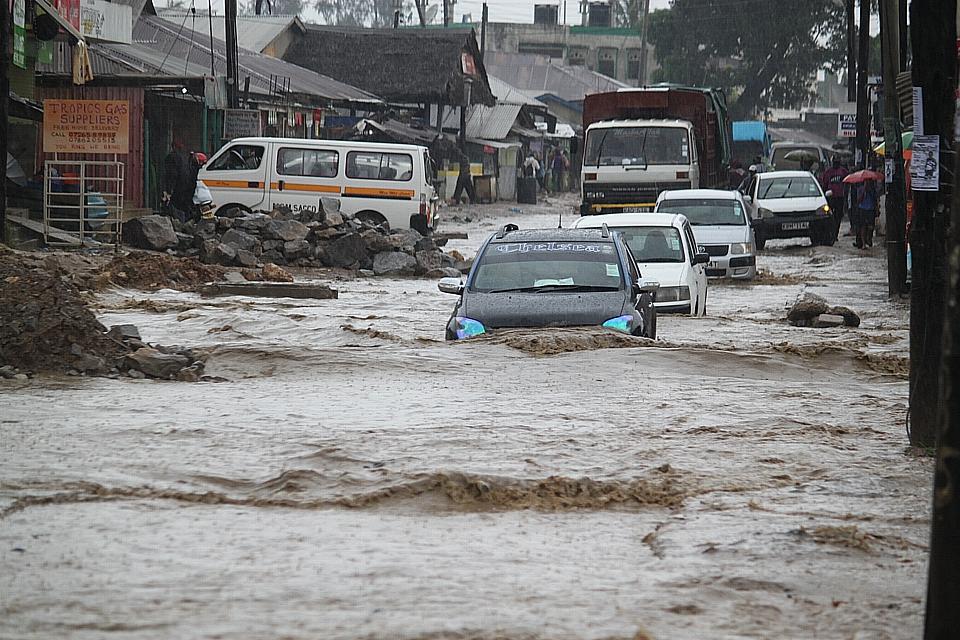Seasonal rainfall above average across Horn of Africa-report


BY FAUXILE KIBET
NAIROBI: Rains across the Horn of Africa have surpassed expected amounts according to records from the East Africa Seasonal Monitor, which released its analysis Monday.
This latest report comes a few weeks after the Greater Horn of Africa Climate Outlook Forum issued its seasonal outlook for the March-May period – which is considered an important rainfall season over the equatorial parts of the region.
The report indicates that since late March, rainfall has been above average over broad areas of Somalia, eastern and southern Ethiopia, Kenya, Rwanda, and Burundi. Initial satellite-derived estimates suggest rainfall since late March has been as much as 200 percent of average across many areas.
“Overall, seasonal rainfall totals in excess of 150 percent of average have been observed across much of the region, though poor performance has been observed in parts of northern Ethiopia,” says the weather monitoring body.
Short-term forecasts suggest heavy rainfall is likely to continue over the next week in much of the region, which should further strengthen rainfall surpluses in many areas, and will become relatively less widespread and concentrated over southwestern and eastern Ethiopia, Uganda, Rwanda, Burundi, coastal, central and western Kenya, and northern and coastal Tanzania.
In Northern Kenya, heavy rains and flash flooding in have destroyed homes, displaced many, and left tens of thousands at risk of waterborne diseases such as cholera, including in Dadaab, one of the world’s largest refugee camps.
RED FLAG
At least 750 homes have been swept away by raging floods in Mandera, which displaced about 4500 people, and in Turkana County, a bridge has been washed away, cutting off stranded communities from supplies and support.
In Daadab, the humanitarian agencies have raised the red flag saying that there could be a breakout of waterborne diseases after latrines filled up with water and overflew – creating a breeding ground for diseases such as cholera.
The Aid agencies said that they are racing against time to respond to humanitarian needs of the displaced – despite a recent reduction in funding with some agencies such as Save the Children having to cut its operations in half last year, and the UN’s World Food Program soon to cut food rations by 30%.
“Children are children and they want to play in the water, which is practically toxic. They don’t realise it could be fatal. What’s more, the floodwaters are washing away people’s belongings, livestock and homes, and families are living in open areas without access to shelter or food,” said Caleb Odhiambo, Area Manager of Save the Children’s Dadaab operation.
Nearly a quarter of a million refugees, mainly from Somalia, live in the camp—more than half of whom are children. But aid workers there report a recent increase of new arrivals from across the border.